How to Select a Trailer Hitch
Method 1 of 4:
Gather your information about your trailer hitch application
-
 Your Vehicle:
Your Vehicle:-
- Make and model
- Model year
- Vehicle maximum towing capacity (see owner's manual)
-
-
 Your Trailer:
Your Trailer:- Trailer type
- Gross trailer weight
- Tongue weight
- Coupler socket size (What diameter ball do you need?)
- Does your trailer already have safety chains? If not, are new chains required?
Method 2 of 4:
Determine your GTW and TW Capacities
-
 Two of the most important factors in selecting a trailer hitch are Gross Trailer Weight (GTW) and Tongue Weight (TW). First, you should determine the GTW and TW of your trailer when fully loaded. Table 1 shows some common examples of trailer weights. Then, you should determine whether your vehicle is rated to accept the weight of your trailer.
Two of the most important factors in selecting a trailer hitch are Gross Trailer Weight (GTW) and Tongue Weight (TW). First, you should determine the GTW and TW of your trailer when fully loaded. Table 1 shows some common examples of trailer weights. Then, you should determine whether your vehicle is rated to accept the weight of your trailer.- Gross Trailer Weight (GTW) is the fully loaded weight of your trailer in the condition that you would tow it in. If you don't know the weight of your trailer, the best way to measure it is on a vehicle scale. Weigh stations in your area are a good resource for determining GTW.
-
 Weigh your gross towing weight
Weigh your gross towing weight- The Tongue Weight (TW) is the downward force exerted by the trailer coupler onto the hitch ball and the trailer hitch. Your vehicle's suspension carries this weight. In most cases, the TW is 10-15 percent of the overall trailer weight.
- Tongue Weight of up to 300 pounds can be measured on a standard bathroom scale by resting the trailer coupler on the scale. You should make sure the scale is securely propped up so that the Tongue Weight is measured with the trailer coupler at the standard towing height.
- The Tongue Weight (TW) is the downward force exerted by the trailer coupler onto the hitch ball and the trailer hitch. Your vehicle's suspension carries this weight. In most cases, the TW is 10-15 percent of the overall trailer weight.
-
 Weigh the trailer tongue weight
Weigh the trailer tongue weight- For tongue weights over 300 pounds, place a household scale and a brick that's as thick as the scale three feet apart as shown the figure below. Set a length of pipe on each and rest a beam across the pipes. Re-zero the scale to correct for the weight of the beam and pipe. Securely block the trailer wheels. Rest the trailer jack on the beam as shown, one (1) foot from the brick and two (2) feet from the scale. To obtain the TW, multiply the scale reading by three (3). For greater tongue weights, place the scale and brick four (4) feet apart, rest the jack on the beam three (3) feet from the scale and multiply the scale reading by four (4).
-
 How to weight a heavy trailer tongue weight
How to weight a heavy trailer tongue weight- Your Tow Vehicle:
- Find your vehicle's maximum towing capacity by consulting the owner's manual. Contact your local car dealer if you cannot find the information or have lost the manual.
- Your Tow Vehicle:
Method 3 of 4:
Match the Tow Vehicle and Trailer
-
 Compare the GTW and TW ratings from your vehicle to the actual GTW and TW measurements from your trailer. If the vehicle specifications are higher than the actual weights of the trailer, then it's time to select a trailer hitch. Otherwise, you will either need to get a vehicle with more towing capacity or lighten your trailer.
Compare the GTW and TW ratings from your vehicle to the actual GTW and TW measurements from your trailer. If the vehicle specifications are higher than the actual weights of the trailer, then it's time to select a trailer hitch. Otherwise, you will either need to get a vehicle with more towing capacity or lighten your trailer.
Method 4 of 4:
Select a Trailer Hitch
-
 Determine which trailer hitch type is right for your application by selecting the row and column that best match your vehicle and trailer.
Determine which trailer hitch type is right for your application by selecting the row and column that best match your vehicle and trailer. -
 Weight Carrying trailer hitches are typically used for trailers up to 3,500 lbs GTW and 300 lbs TW. Some vehicles such as pickups and vans have stronger springs to support higher loads. Weight Carrying trailer hitches support the entire tongue weight on the rear of the car. Most passenger car and light truck applications use Weight Carrying trailer hitches.
Weight Carrying trailer hitches are typically used for trailers up to 3,500 lbs GTW and 300 lbs TW. Some vehicles such as pickups and vans have stronger springs to support higher loads. Weight Carrying trailer hitches support the entire tongue weight on the rear of the car. Most passenger car and light truck applications use Weight Carrying trailer hitches. -
 There are two main types of weight carrying hitches:
There are two main types of weight carrying hitches:- Fixed Drawbar - The ball is mounted to a permanent platform that is fixed to the hitch. Because of the inconvenience of the fixed drawbar, HitchSource.com does not carry many fixed drawbar hitches.
- Removable Drawbar - The ball is mounted on a removable platform. The removable platform is commonly called a drawbar or a removable ball mount.
-
 Weight Distributing Trailer Hitches:
Weight Distributing Trailer Hitches:- Instead of directly supporting the trailer tongue weight on the hitch, the Weight Distribution trailer hitches apply leverage between the towing vehicle and the trailer. This leverage helps to distribute the trailer weight to the front of the towing vehicle and to the rear of the trailer. By distributing the TW, a Weight Distribution trailer hitch allows trailers with greater weights to be towed. The Weight Distribution trailer hitch also results in a more level ride and gives better steering and brake control.
-
 Weight Distribution
Weight Distribution- A Weight Distribution system includes a receiver attached to the towing vehicle and a removable hitch head and spring bar assembly. Most Weight Distribution trailer hitch heads and spring bar assemblies are designed to mount to the receiver of a standard Weight Carrying trailer hitch.
4 ★ | 1 Vote
You should read it
May be interested
- How to Build Trailers
 a trailer is a type of cart that hitches to the back of a vehicle and is used to transport large items like furniture, lumber, landscaping equipment, and more. there are many trailer types, but a common dimension for everyday needs is by ....
a trailer is a type of cart that hitches to the back of a vehicle and is used to transport large items like furniture, lumber, landscaping equipment, and more. there are many trailer types, but a common dimension for everyday needs is by .... - How to Build a Bicycle Cargo Trailer
 if you love using your bicycle to get around, but find it difficult to carry everything you need with you, you might want a cargo trailer to haul more stuff. build a simple, inexpensive cargo trailer to attach to your bicycle with a few...
if you love using your bicycle to get around, but find it difficult to carry everything you need with you, you might want a cargo trailer to haul more stuff. build a simple, inexpensive cargo trailer to attach to your bicycle with a few... - How to Trailer a Horse
 do you need to transport your horse? using a trailer to transport a horse is very convenient. with practice, you and your horse can become experts. park the trailer. it should be in a level area with good footing for the horse, and with...
do you need to transport your horse? using a trailer to transport a horse is very convenient. with practice, you and your horse can become experts. park the trailer. it should be in a level area with good footing for the horse, and with... - How to Build a Utility Trailer
 utility trailers are handy for a variety of applications, from hauling your tools to the job, or your gear to the gig. whether you're planning on building a trailer for your business, or just need one occasionally for the family camping...
utility trailers are handy for a variety of applications, from hauling your tools to the job, or your gear to the gig. whether you're planning on building a trailer for your business, or just need one occasionally for the family camping... - How to Replace Bearings on a Trailer
 your trailer's wheel bearings are parts located inside the wheel hubs that help them spin fast with as little friction as possible. it's essential to keep them in good shape to keep your trailer functioning safely. if you notice your...
your trailer's wheel bearings are parts located inside the wheel hubs that help them spin fast with as little friction as possible. it's essential to keep them in good shape to keep your trailer functioning safely. if you notice your... - How to Register a Utility Trailer
 when you get a utility trailer new or used, you usually need to register it with your area's department of motor vehicles (dmv) so it's legal to use on the road. while each area's regulations may vary, they all need required paperwork,...
when you get a utility trailer new or used, you usually need to register it with your area's department of motor vehicles (dmv) so it's legal to use on the road. while each area's regulations may vary, they all need required paperwork,... - How to Save Money on Motorcycle Trailer Rentals
 whether you're going on a trip to the desert or moving across country, you may need to rent a motorcycle trailer to tow your bike to your desired location. transporting a motorcycle can get costly, especially if you have other moving...
whether you're going on a trip to the desert or moving across country, you may need to rent a motorcycle trailer to tow your bike to your desired location. transporting a motorcycle can get costly, especially if you have other moving... - Analysis of the Horizon Forbidden West game trailer and the secrets revealed
 analysis of the horizon forbidden west game trailer will explain the remaining mysteries of horizon zero dawn, especially the return of hades with sylens.
analysis of the horizon forbidden west game trailer will explain the remaining mysteries of horizon zero dawn, especially the return of hades with sylens. - How to Grease Trailer Bearings
 wheel bearings, whether they're on an rv or a trailer of some sort, are essential in helping the wheels spin easily and freely. they need to be lubricated regularly so that they operate at their best capacity. greasing, or repacking,...
wheel bearings, whether they're on an rv or a trailer of some sort, are essential in helping the wheels spin easily and freely. they need to be lubricated regularly so that they operate at their best capacity. greasing, or repacking,... - How to Drive a Tractor‐Trailer
 driving a tractor-trailer can be a great way to make a living—the pay is good, and the job offers a great deal of freedom and flexibility. before you can get behind the wheel you have to get your commercial driver's license. once you've p...
driving a tractor-trailer can be a great way to make a living—the pay is good, and the job offers a great deal of freedom and flexibility. before you can get behind the wheel you have to get your commercial driver's license. once you've p...
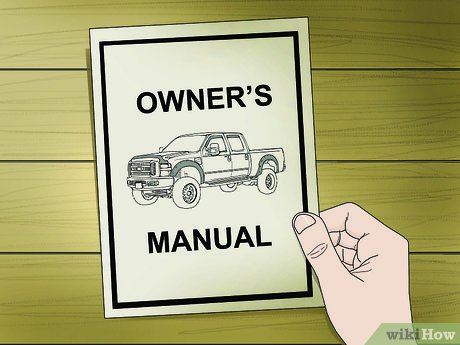
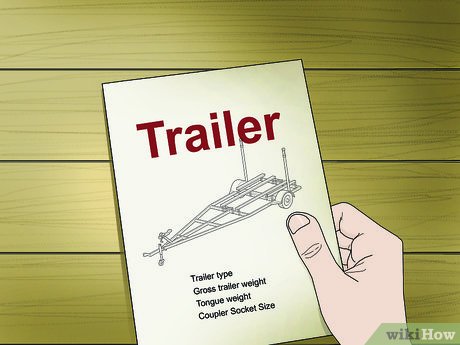
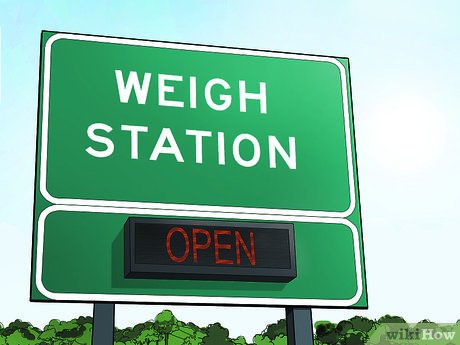
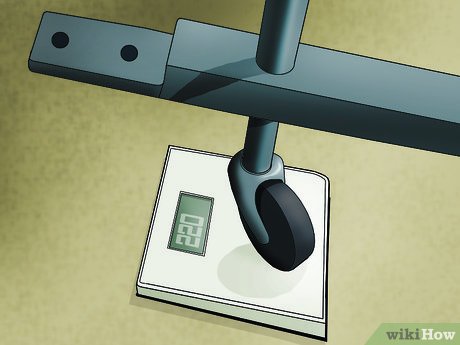
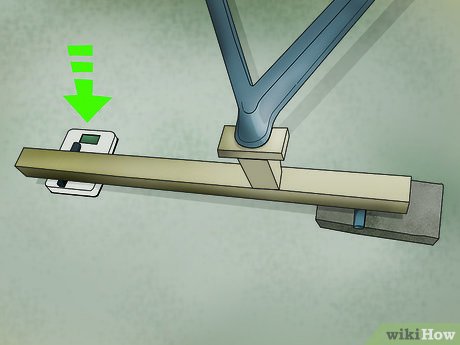
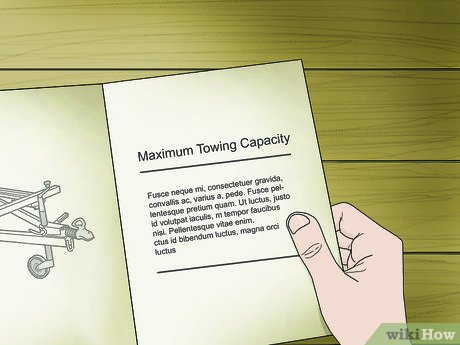
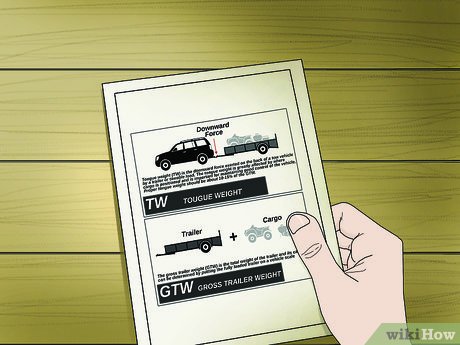
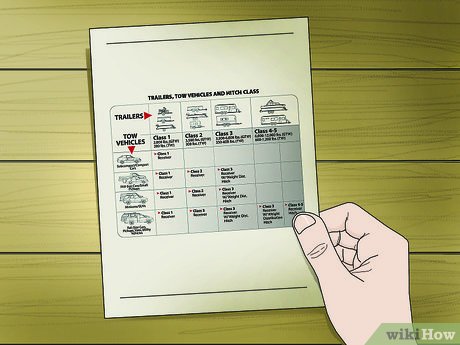
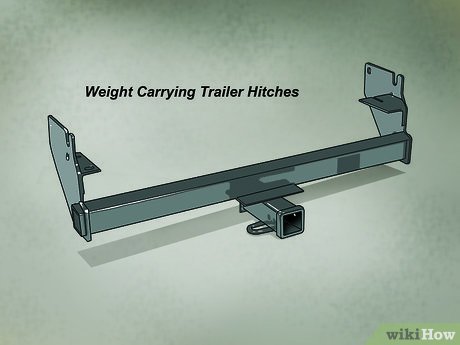
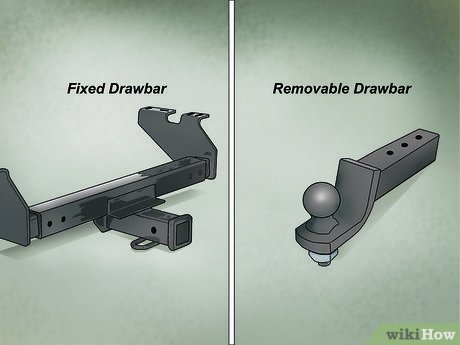
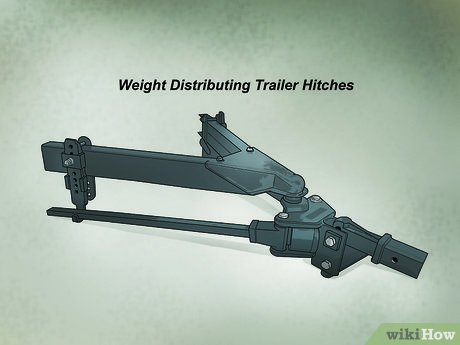
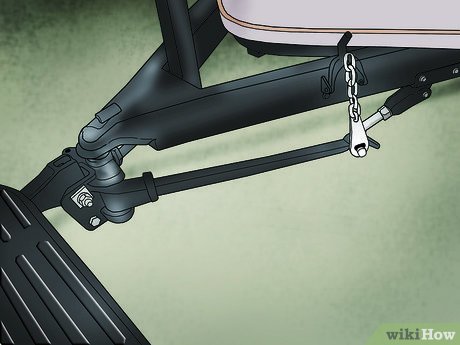










 How to Sell a Trailer
How to Sell a Trailer How to Load a Trailer
How to Load a Trailer How to Hook Up a Tow Dolly and Lights to a Car
How to Hook Up a Tow Dolly and Lights to a Car How to Avoid Jackknifing
How to Avoid Jackknifing